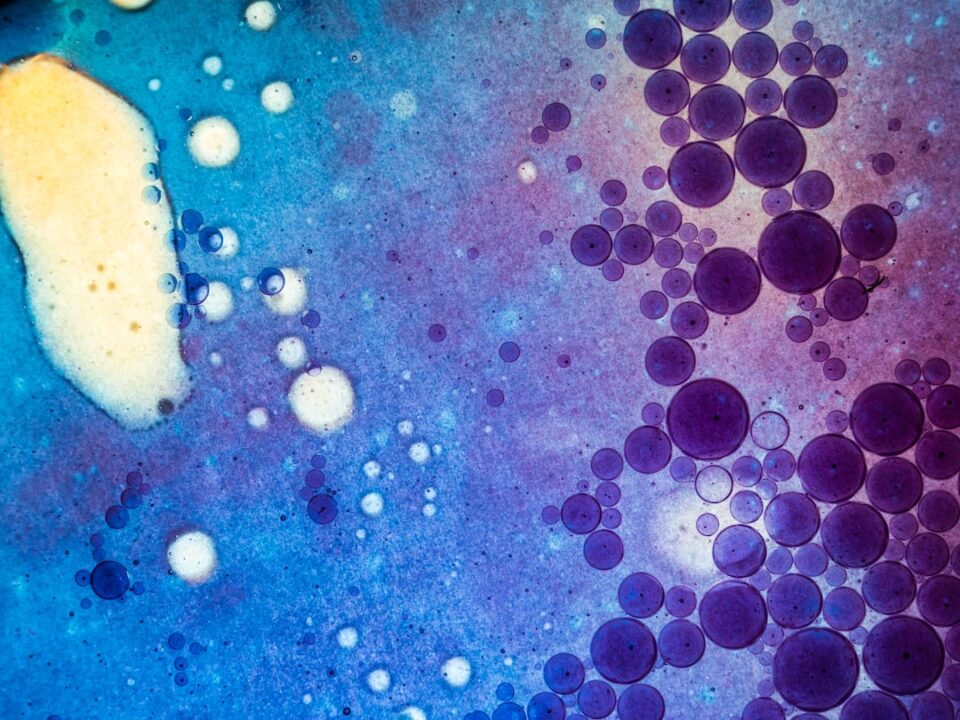The Impact of Globalization on Contemporary Art Practices
In today’s rapidly evolving world, globalization has become an undeniable force that has influenced various aspects of our lives, including the field of contemporary art. Globalization has fostered an unprecedented exchange of ideas, cultures, and perspectives, resulting in a significant impact on art practices worldwide. This blog post will delve into the transformative effects of globalization on contemporary art and highlight some key aspects of this phenomenon.
One of the most noticeable effects of globalization on contemporary art practices is the diversity and multiculturalism that it has brought to the forefront. Artists from different corners of the globe are now able to share their unique perspectives and cultural experiences with a wider audience. This has resulted in the creation of an eclectic and vibrant art scene that celebrates diverse narratives, challenging traditional notions of art and its conventions. Artists now have the ability to draw inspiration from multiple cultural backgrounds, blurring boundaries and creating hybrid art forms that reflect the complexities of our increasingly interconnected world.
Moreover, globalization has enabled artists to adopt new technologies and mediums, pushing the boundaries of traditional art practices. Artists now have access to digital tools, allowing them to experiment with different techniques and create works that embody the digital age we live in. This fusion of technology and art has given rise to various art forms such as digital art, augmented reality installations, and virtual reality experiences. By embracing these new possibilities, contemporary artists are able to engage with their audience in innovative and captivating ways, transcending geographical limitations.
Another significant aspect of globalization’s impact on contemporary art practices is the increased focus on social and political issues. As artists gain exposure to different worldviews and experiences, they become more aware of global issues such as climate change, human rights, and cultural identity. Consequently, their art becomes an instrument for social commentary and activism, provoking meaningful conversations and questioning societal norms. By shedding light on these pressing issues, contemporary artists challenge the status quo and contribute to a more open and inclusive dialogue.
Furthermore, globalization has paved the way for artists to showcase their works on an international scale, transcending geographical boundaries and reaching a global audience. Art fairs, biennials, and international exhibitions provide platforms for artists to connect with collectors, curators, and the general public from around the world. This exposure not only allows artists to gain recognition and establish their careers but also fosters the exchange of ideas and facilitates collaborations between artists from different cultural backgrounds. As a result, a global art community has emerged, characterized by shared experiences, mutual inspiration, and cross-cultural dialogue.
Nevertheless, it is important to acknowledge that globalization is a double-edged sword. While it offers numerous opportunities for artists, it also poses challenges and risks. The homogenization of art practices, influenced by global aesthetics and trends, can lead to the loss of cultural authenticity and diversity. Additionally, economic inequalities and power imbalances within the art world persist, with artists from certain regions having limited access to resources and opportunities.
In conclusion, globalization has undoubtedly had a profound impact on contemporary art practices. It has fostered diversity, multiculturalism, and the adoption of new technologies, transforming art into a dynamic and interconnected field. Globalization has also amplified the voices of artists who strive to bring attention to social and political issues, contributing to a more inclusive and engaged art scene. However, careful consideration must be given to the risks and challenges that arise from this global phenomenon, ensuring that the art world remains a platform for cultural exploration, dialogue, and mutual understanding.

